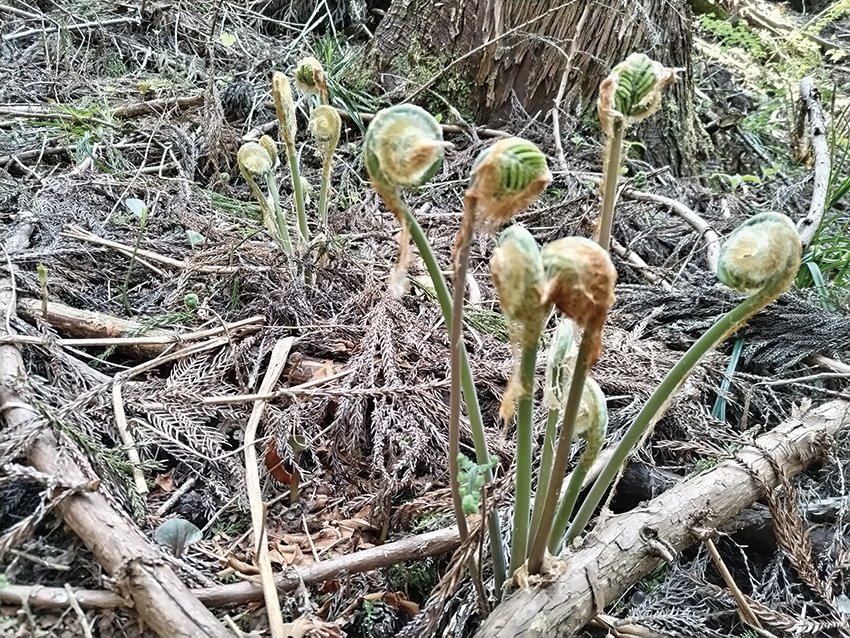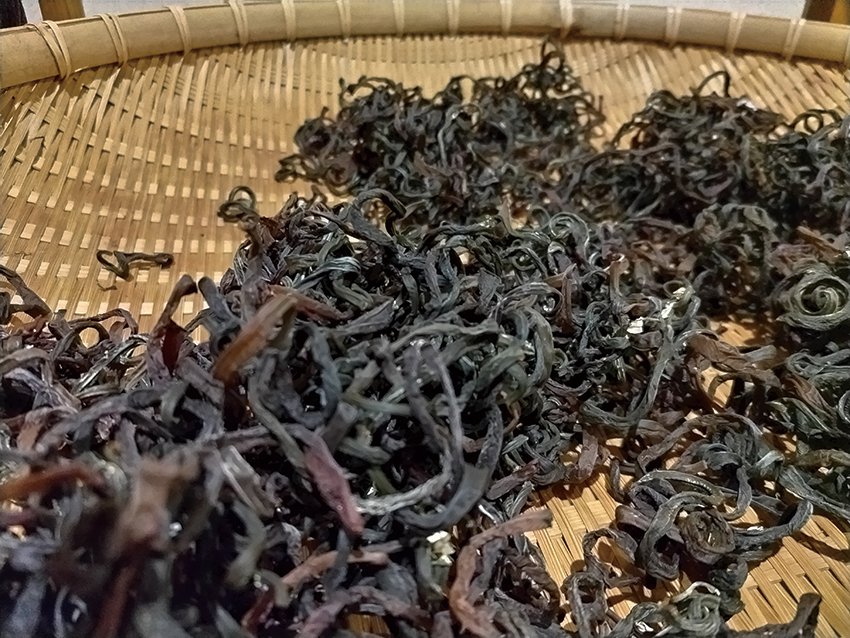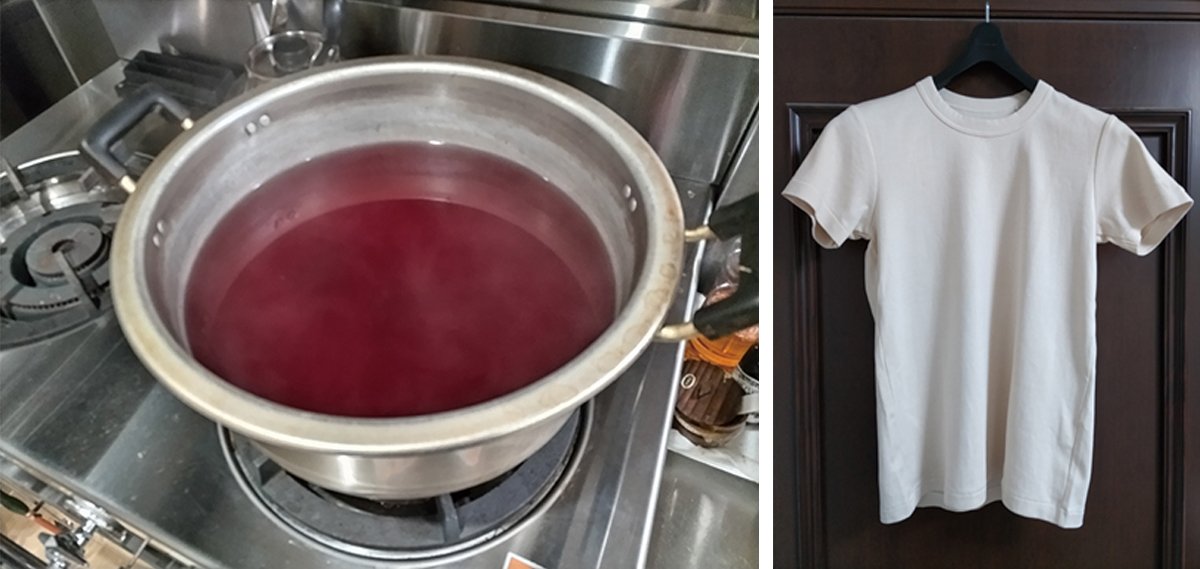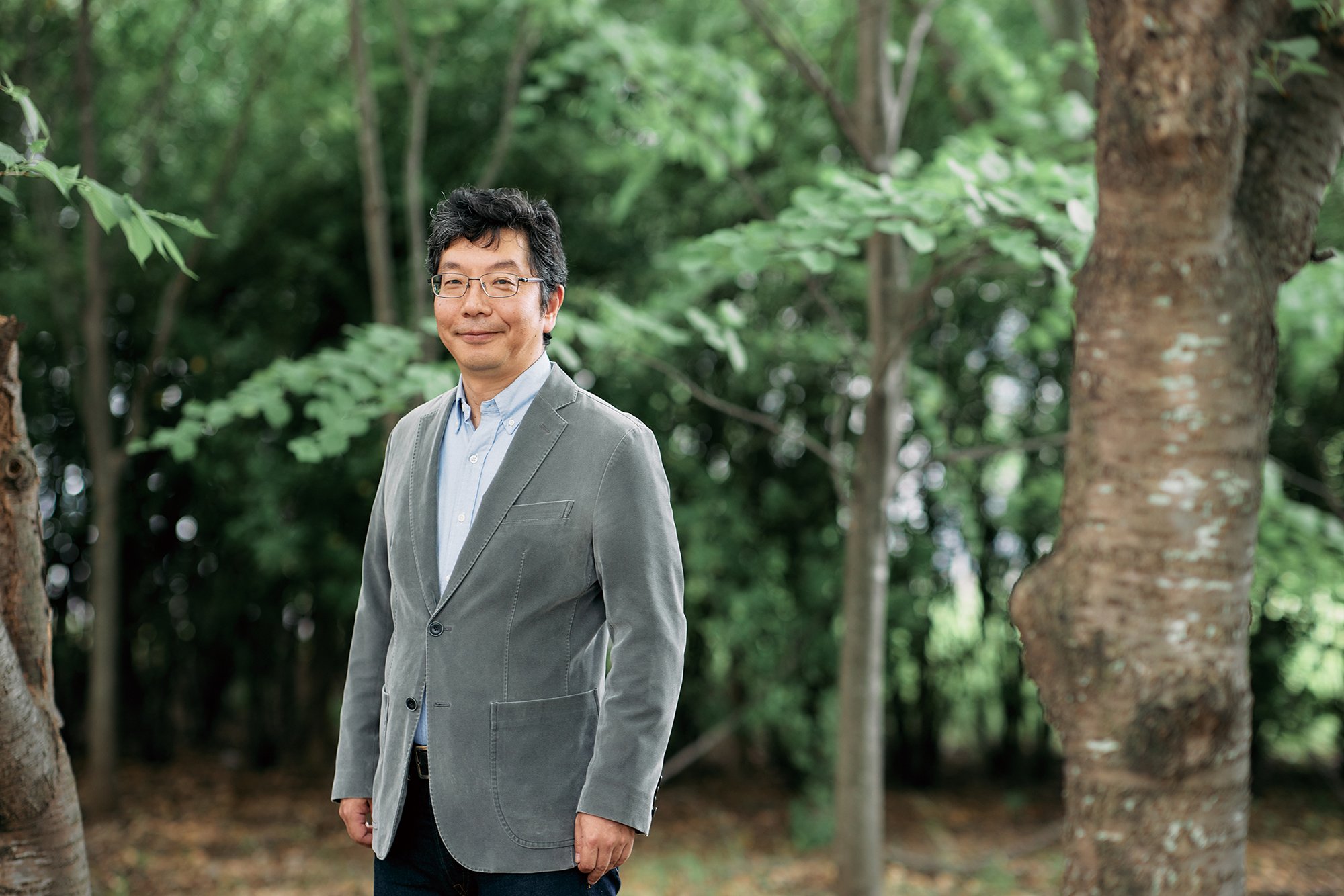Pleasure in Spring
The Shōnai Plain in Yamagata prefecture spreads along the side of the Sea of Japan, which is famous for its rice production. Every time I return to my hometown, Sakata, a city in that area, during a holiday in May, I am welcomed by the shimmering sunlight reflected on the water freshly filled in the rice fields and the remaining snow on Mount Chōkai and Mount Gassan.
I would go into the mountains. With the fresh green leaves, pale pink of wild cherry blossoms, songs of Japanese bush warblers and turtledoves, fresh earth, snowmelt, and crisp air—I feel my rusted five senses awaken. Early May is the best time for edible wild plants. Having survived through the long snowy winter, the shoots and fresh grasses are soft and fragrant.
Aralia sprouts, koshiabura (Chengiopanax sciadophylloides), and yama-udo are good for tempura. Japanese butterbur, ostrich fern, Japanese snowbell, shidoke (Japonicalia delphiniifolia), and bracken are tasty for ohitashi* and miso soup. Wild wasabi can also be found there. We marinade its stems; if the roots have grown enough, we eat them with sashimi.
Finding these plants requires a few tricks. The trick my grandmother taught me was to find signs of growth in the previous spring. She told me many more about wild plants, that yama-udo’s shell has joints, that if there are red “hodoro” (overgrown ears), there are brackens nearby them, and so on.
There are many things to do before you can cook these ingredients and produce tasty dishes. For example, you need to remove the cotton-like parts from Japanese royal ferns and dry them repeatedly, loosening them until they are completely dry, and then soak them in water before you start cooking. To eat brackens, you should remove harshness with baking soda and soak in the water before cooking.
This spring, I tried to dye my T-shirt with royal fern as the color of the water after I boiled the fern was an elegant reddish purple. However, the result was a moderate purple; it was difficult to get a vivid hue. I understood why indigo is such a popular natural dye!
Note: Ohitashi is a classic Japanese home-cooking dish; parboiled greens, such as spinach, eaten with soy sauce, sesame, dried bonito flakes, etc.

Japanese royal fern (zenmai)

Dried zenmai

Right: My T-shirt dyed with zenmai
Left: The water containing zenmai extract

Hideaki Murayama
Professor, Department of Ocean Technology, Policy, and Environment
vol.42
- Cover
- What We Can Learn from the Frontier of Evolutionary Biology
- My Dream Is to Create Energy for the Perpetual Survival of Humans
- Interdisciplinary Approach to Molecular and Ecological Sciences to Unravel the Secret of Biodiversity
- Science for Balancing Biodiversity and Human Needs
- GSFS FRONTRUNNERS: Interview with an entrepreneur
- Voices from International Students
- ON CAMPUS x OFF CAMPUS
- EVENTS & TOPICS
- Awards
- INFORMATION
- Relay Essay
